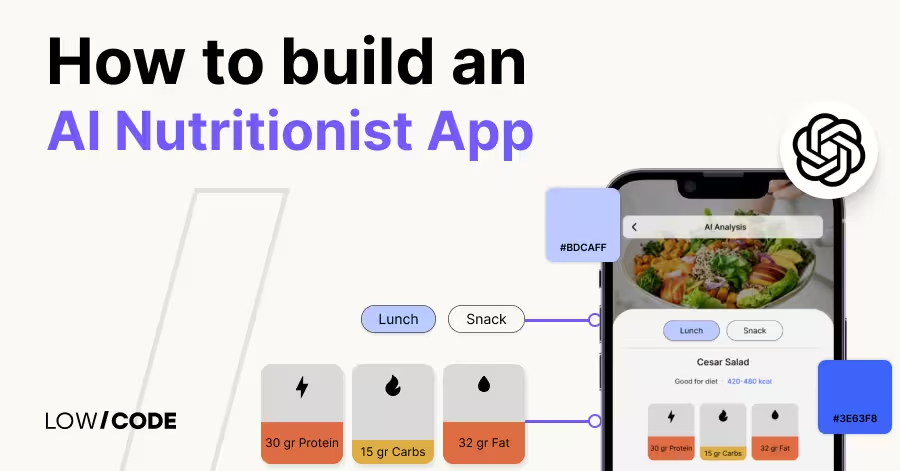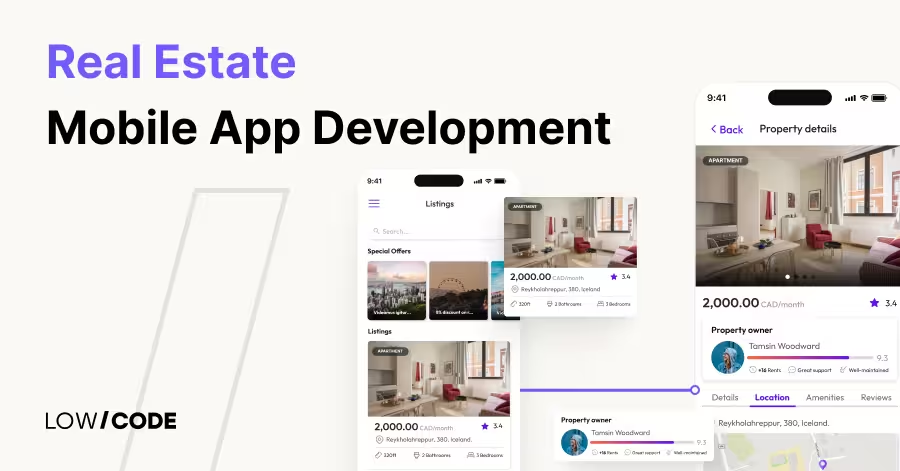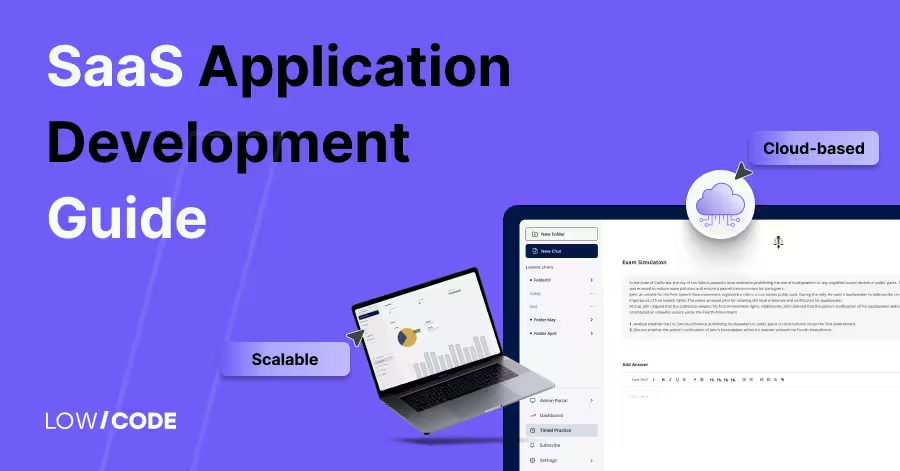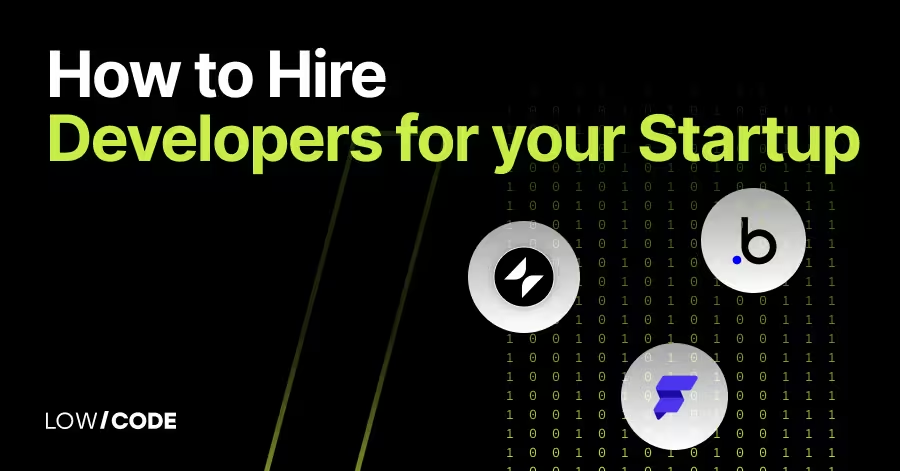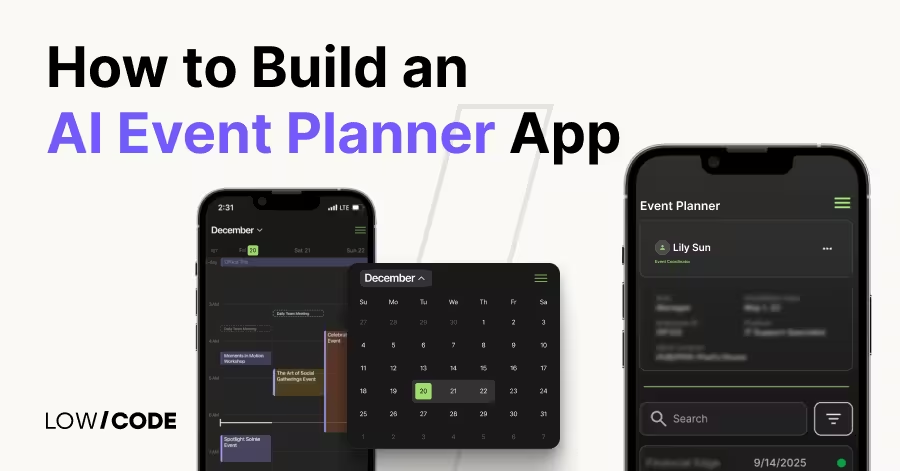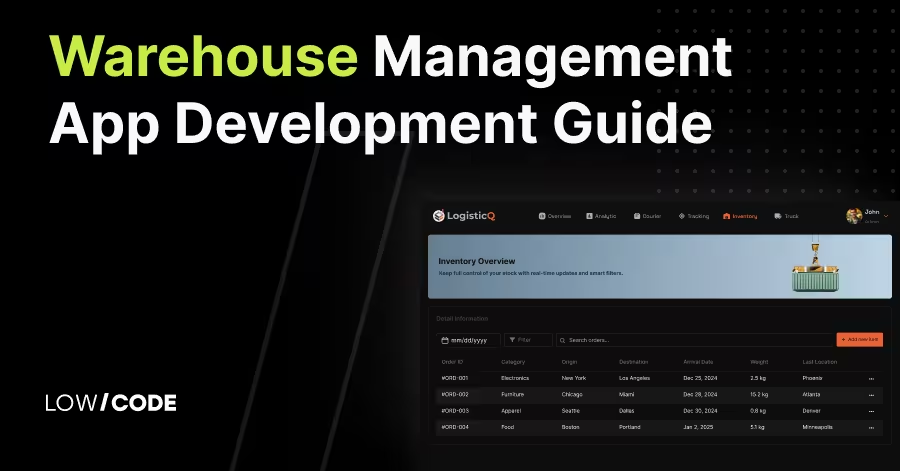How to Build Healthcare Apps | Complete 2025 Guide
34 min
read
Learn how to build secure healthcare apps in 2025. Explore costs, compliance, features, and trends in our complete healthcare app development guide
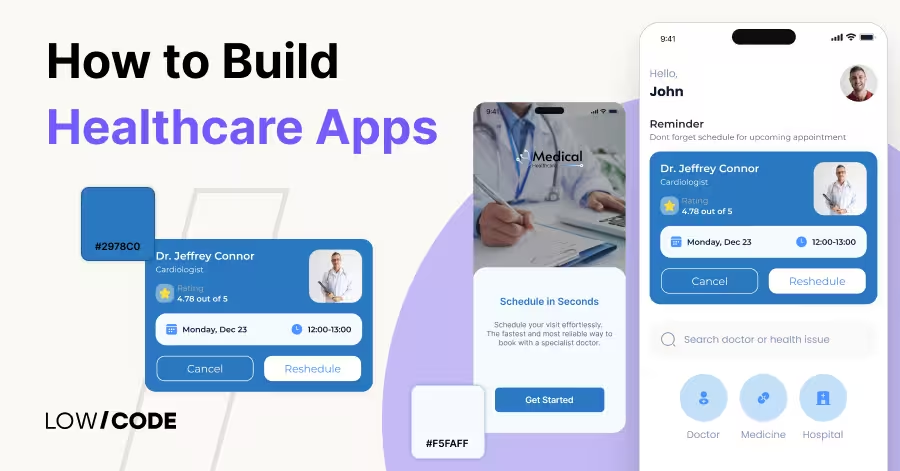
What Is Healthcare Application Development?
Healthcare application development is the process of creating digital tools that support medical services, patient care, and hospital management. These apps may include telemedicine platforms, electronic health record (EHR) systems, fitness tracking, or medication reminder apps.
Unlike regular mobile apps, healthcare apps must follow strict rules and ensure sensitive data is safe.
The main differences from generic app development include:
- Compliance with healthcare regulations such as HIPAA in the US or GDPR in Europe
- Security with strong encryption and controlled access to protect patient records
- Integration with hospital systems, labs, and wearable devices for seamless care
This focus makes healthcare app development more complex and highly regulated than normal app building.
Why Healthcare Apps Matter Today
The healthcare app market has experienced explosive growth, reaching $659.8 billion in 2025 and projected to hit $1.8 trillion by 2030. COVID-19 accelerated digital adoption by nearly a decade, forcing healthcare systems worldwide to embrace mobile solutions for patient care and operational management.
Hospitals, startups, and clinics are investing in healthcare apps because they improve both patient experience and operations.
- Patient convenience through online appointments and prescriptions
- Cost savings by reducing hospital visits and paperwork
- Operational efficiency with automated scheduling and digital records
A strong example is telehealth apps, which became widely used in 2024. They helped reduce patient wait times by offering virtual consultations, freeing up in-person care for urgent cases. This shows how apps can reshape healthcare delivery worldwide.
Read more | SaaS Application Development Guide
Types of Healthcare Applications
Healthcare applications come in many forms, each designed to solve specific needs for patients, doctors, and healthcare systems. Below are the main categories:
- Patient-facing apps
These apps help patients take control of their health. They include medication reminders, appointment booking tools, symptom checkers, and chronic disease management apps. Patients can track progress, receive alerts, and stay engaged with their care plans. - Doctor-facing or professional apps
These are built for medical professionals to manage workflows, access patient data, and collaborate with peers. Examples include diagnostic support tools, medical reference guides, and apps for monitoring treatment outcomes. They reduce paperwork and support faster decision-making. - Telehealth and virtual care apps
Designed for remote consultations, these apps allow video calls, secure messaging, and digital prescriptions. They became essential after COVID-19, reducing wait times and improving access to care for patients in rural or busy urban areas. - EHR/EMR integration apps
These connect with electronic health records, giving doctors and patients real-time access to medical histories, lab results, and treatment updates. Integration improves accuracy and continuity of care. - Wellness and fitness apps
Focused on preventive care, these apps track steps, nutrition, heart rate, and sleep. They promote healthier lifestyles and often integrate with wearable devices.
Read more | Best 7 Low-code Mobile App Builders
Must-Have Features in Healthcare Apps
To be effective, healthcare apps must offer features that improve patient care, streamline doctor workflows, and ensure secure communication. Some of the most important features include:
- Appointment scheduling
Patients should be able to book, reschedule, or cancel visits easily. Automated reminders help reduce no-shows and keep hospital workflows smooth. - Telemedicine and video consultations
Virtual visits let patients connect with doctors from anywhere. This reduces travel, saves time, and provides quick access to specialists when needed. - E-prescriptions
Doctors can send digital prescriptions directly through the app. Patients can access them instantly, reducing errors and making pharmacy pickups easier. - Secure messaging and chat
Encrypted communication allows patients and healthcare providers to discuss treatment safely. It also supports quick follow-ups without needing an appointment. - Health tracking and monitoring
Apps that monitor vitals such as heart rate, glucose levels, or blood pressure provide doctors with real-time insights. They are especially useful for chronic disease management. - Patient dashboards
A central dashboard gives patients a clear view of their health data, appointments, prescriptions, and progress. This improves engagement and helps patients stay on top of their care.
Read more | No-code Agency vs In-house teams
Healthcare App Development Approaches (Native, Web)
In healthcare app projects, the approach you choose affects speed, cost, compliance, and user experience. With no-code and low-code mobile app platforms, both native and web-based apps can be built faster than traditional coding. Let’s see how they compare.
Native Healthcare Apps
Native healthcare apps are created for iOS or Android specifically. With low-code tools like FlutterFlow, you can build native apps faster while still accessing advanced device features.
- Advantages: Best security, smooth performance, offline functionality, access to device hardware (camera, GPS, wearables)
- Limitations: Higher cost, more time than web apps
- Use cases: Remote patient monitoring, HIPAA-compliant apps, high-security medical record tools
No-code/low-code platforms speed up development, helping healthcare providers launch secure native apps without needing large dev teams.
Web-Based Healthcare Apps
Web-based healthcare apps run inside browsers and are easier to deploy. No-code tools like Bubble or Webflow allow building responsive healthcare web apps quickly with strong UI flexibility.
- Advantages: Lower cost, universal access, faster updates, no downloads needed
- Limitations: Limited offline use, may need extra security layers
- Use cases: Patient portals, telehealth booking systems, dashboards for clinics
These are ideal when clinics want cost-effective apps with quick rollout, especially for patient engagement and admin workflows.
Read more | No-code Agency vs traditional Agency
Best No-code Platforms to Build Healthcare Apps
When building healthcare apps without coding, the right platform depends on your goals — from patient-facing tools to complex workflows. Here are some of the best no-code platforms for healthcare use:
1. Bubble
Bubble is powerful for building web-based healthcare apps like patient portals, booking systems, or dashboards. It allows complex workflows, custom APIs, and HIPAA-compliant hosting options with proper setup.
Bubble is ideal for clinics that want to integrate records, automate processes, and offer responsive apps across devices. Its flexibility supports role-based access, making it useful for apps where doctors and patients need different views.
Read more | Bubble.io Capabilities and Limitations
2. FlutterFlow
FlutterFlow is best for creating native mobile healthcare apps with strong UI and device integration. It’s suitable for HIPAA-sensitive apps, remote monitoring tools, and patient engagement apps.
Developers can design quickly with drag-and-drop while still exporting clean Flutter code for custom extensions. FlutterFlow’s ability to connect to APIs and databases makes it excellent for secure healthcare workflows that need native performance and offline access.
Read more | FlutterFlow Pros and Cons
3. Glide
Glide turns spreadsheets into functional apps, making it a strong choice for simple healthcare tools like appointment trackers, medication reminders, or small clinic dashboards.
It’s not designed for heavy HIPAA compliance but works well for internal use or non-critical health apps. Glide is especially useful for prototypes, small practices, or wellness-related apps where speed and simplicity matter most.
Read more | Glide Advantages and Disadvantages
4. n8n / Make / Zapier
Automation platforms like n8n, Make, and Zapier play a big role in healthcare workflow automation. They connect apps for tasks like sending appointment reminders, syncing patient records, or alerting doctors when new data is logged.
While they don’t build apps directly, they enhance healthcare apps by ensuring smooth integrations between EHR systems, CRMs, and patient-facing platforms. This reduces manual work and improves care efficiency.
Read more | Zapier vs n8n
5. Airtable (as a Database)
Airtable works well as a backend database for healthcare apps. It provides a user-friendly way to store patient information, appointment data, or treatment logs. While not inherently HIPAA-compliant, it can be paired with compliant hosting solutions for sensitive use.

Airtable is excellent for powering no-code healthcare apps because it connects easily with Bubble, Glide, or automation tools, making it a flexible foundation for structured healthcare data.
Read more | Airtable vs Xano
The Healthcare App Development Process
Building successful healthcare apps requires a step-by-step approach that balances patient needs with compliance. Each stage ensures the app is practical, secure, and medically useful from the start.
Idea Validation
Healthcare apps must address real medical challenges rather than simply digitizing existing processes. Begin by interviewing doctors, nurses, and patients to understand their pain points. Validate whether your idea improves patient outcomes, reduces inefficiencies, or solves overlooked problems.
- Analyze current healthcare apps to identify gaps and weaknesses
- Validate with healthcare professionals for workflow alignment
- Build simple prototypes and test core features with potential users
Focusing on one key problem with a strong solution ensures your app delivers measurable value instead of spreading efforts too thin.
Read more | AI App Development Guide
Planning & Compliance Mapping
Before development, plan carefully around compliance. In healthcare, regulations like HIPAA, GDPR, and FDA requirements are non-negotiable. Start by mapping how patient data will move through your system and plan security protocols in advance.
- Identify applicable regulations at state, national, and international levels
- Document data flow and establish security measures
- Plan for incident response, audits, and staff training
Proper compliance mapping builds patient trust and prevents costly legal issues later.
Read more | How to Build AI HR App
Choose the Right No-code Platform
Selecting the right no-code tool is critical because not every platform supports healthcare’s strict standards. Match the platform to your app’s purpose:
- Bubble for complex workflows and role-based access
- FlutterFlow for HIPAA-ready native mobile apps
- Glide for simple tools like reminders or trackers
Also evaluate integration options with EHR/EMR systems and long-term scalability. A secure, compliant platform ensures your app grows without sacrificing reliability.
Read more | How to Build an AI App for Customer Service
Partner with the Experts
Even with no-code tools, healthcare app development requires deep domain expertise. Partnering with experts who understand healthcare workflows, data protection, and compliance is essential.
- Look for proven experience in building HIPAA-compliant apps
- Ensure ongoing support for security patches and regulatory updates
- Collaborate with partners who combine medical and technical knowledge
At LowCode Agency, we’ve built 350+ no-code apps across industries, including healthcare. Our team of expert no-code developers and designers understands both compliance needs and user experience design.
With our experience, you get apps that are secure, scalable, and intuitive. Working with the right team ensures your healthcare app is not only functional but also legally safe and clinically relevant.
Read more | Agency vs Freelancer for No-code Development
MVP Development
Your first version should focus on one main workflow while ensuring compliance. Avoid trying to build every feature at once. Instead, launch a Minimum Viable Product (MVP) that solves one clinical use case exceptionally well.
- Implement essential features with full data security
- Add analytics to monitor real-world usage
- Build scalable foundations for future updates
A strong MVP gives healthcare professionals a tool they can actually use, while guiding further development with real feedback.
Read more | How to choose MVP features
Integration & Testing
Healthcare apps must integrate seamlessly with medical systems and pass rigorous testing. Security and reliability are critical because patient safety depends on it.
- Test integrations with EHR/EMR, labs, and insurance systems
- Run compliance audits and penetration testing
- Conduct user testing with doctors, nurses, and patients
Thorough testing ensures the app works smoothly in real-world medical environments where downtime or errors are unacceptable.
Pilot Launch
Instead of a full rollout, start with a controlled pilot launch. Select a small group of hospitals or clinics willing to test early versions.
- Monitor performance and user feedback closely
- Identify bottlenecks in workflows and resolve issues fast
- Ensure the app supports critical patient care tasks without failures
Pilot launches reduce risk while giving valuable insights into how the app fits actual medical practice.
Scaling & Updates
Once validated, focus on scaling while maintaining compliance. As more users adopt your app, performance, security, and legal standards must remain strong.
- Set up monitoring for performance and security
- Release regular updates for regulatory changes and new features
- Build long-term relationships with users for continuous feedback
Healthcare apps need constant updates to stay compliant and effective. Ongoing improvements ensure the app remains a trusted tool for both patients and providers.
At LowCode Agency, we also offer optional ongoing support for feature additions, security upgrades, and scaling. We act as your technology partner, not just developers, ensuring your healthcare app evolves smoothly as your needs grow.
Read more | Web Apps vs Native Apps | Key Differences Explained
UX/UI and Accessibility in Healthcare Apps
User experience and accessibility are critical in healthcare apps because patients and providers come from diverse backgrounds, age groups, and ability levels. A thoughtful design ensures that apps are not only easy to use but also inclusive.
- Elderly-friendly design
Many patients are older adults who may not be tech-savvy. Apps should feature larger fonts, high-contrast colors, and simple navigation. Clear instructions, voice assistance, and minimal steps per task make healthcare apps easier for seniors to use confidently. - Multi-language support
Healthcare is global, and patients may prefer information in their native language. Offering multiple language options helps remove barriers, improves trust, and ensures medical guidance is understood correctly. This is especially important for patient-facing apps. - WCAG compliance for inclusivity
Apps should follow Web Content Accessibility Guidelines (WCAG) to support users with visual, hearing, or motor impairments. Features like screen reader compatibility, captioned videos, and keyboard navigation improve inclusivity.
At LowCode Agency, we pay special attention to UX/UI because our expert design team ensures every healthcare app is accessible, intuitive, and user-centered, delivering a seamless experience for all patient groups.
Read more | How to Build an AI app for the Restaurant Business
Compliance and Regulatory Requirements
Healthcare app compliance is not optional; it is the foundation that decides whether your app can legally operate and earn patient trust. Proper compliance protects both your organization and the sensitive medical data you manage.
A single violation can cost millions and permanently damage your reputation in the healthcare community.
Why Compliance Matters in Healthcare Apps
Non-compliance in healthcare has severe consequences. HIPAA violations can cost from $100 to $50,000 per incident, with annual penalties reaching $1.5 million.
Beyond fines, breaches expose patient medical histories and financial information, eroding trust instantly. Non-compliant apps risk removal from app stores and even legal action. Protecting patient confidentiality is therefore critical for long-term success.
Key Regulations to Follow
Healthcare apps must follow strict regulatory frameworks to ensure security and legal compliance. The most important include:
- HIPAA (United States) – Governs storage, access, and transmission of protected health information with requirements like encryption and audit logs.
- FDA Regulations – Apply to apps that provide clinical decision support or influence treatment decisions, requiring clearance before launch.
- GDPR (Europe) – Requires explicit consent for data collection and processing for European users, ensuring privacy rights.
- Section 508 / WCAG – Accessibility standards that guarantee patients with disabilities can use healthcare services equally.
How No-code Platforms Support Compliance
No-code tools like Bubble and FlutterFlow simplify compliance with HIPAA-ready hosting, encryption, audit trails, and SOC 2 certifications.
These platforms manage data residency, offer Business Associate Agreements, and ensure regular security audits. This reduces the compliance burden, letting developers focus on patient care features while staying legally safe.
Read more | How to Build AI Ecommerce platform
Data Security in Healthcare Apps
Data security is the backbone of every healthcare app. Since these apps handle protected health information (PHI), strict safeguards are required to keep data private and compliant. Below are key practices that ensure security in healthcare applications:
- Encryption protocols
All sensitive patient data, both in transit and at rest, must be encrypted. Strong encryption standards like AES-256 and SSL/TLS help protect against unauthorized access during communication and storage. - Secure APIs
Healthcare apps often integrate with EHRs, insurance systems, and third-party services. APIs should use authentication methods like OAuth 2.0 and token-based security to prevent breaches and unauthorized connections. - Role-based access controls
Not every user should see the same information. Doctors, nurses, administrators, and patients require different access levels. Role-based access ensures only authorized personnel can view or edit sensitive records, reducing the risk of insider threats. - Risk audits and regular updates
Ongoing security audits, penetration testing, and patch management are vital. Regular updates protect the app from emerging vulnerabilities, ensuring continuous compliance with HIPAA and GDPR standards.
Strong data security practices build patient trust, reduce legal risks, and ensure healthcare apps remain reliable and compliant in real-world use.
Read more | How to Build AI-driven App for Event Planning Business
Integration with Existing Healthcare Systems
For healthcare apps to deliver real value, they must integrate seamlessly with existing systems used by hospitals and clinics. No-code platforms make this process faster by offering pre-built connectors, APIs, and automation workflows.
- EHR/EMR systems
Electronic Health Records (EHR) and Electronic Medical Records (EMR) are at the heart of healthcare operations. No-code platforms like Bubble or FlutterFlow can connect with EHR databases through secure APIs, allowing apps to display patient records, lab results, and treatment histories in real time. This reduces duplication and keeps medical data accurate across platforms. - HL7/FHIR interoperability
Healthcare data standards like HL7 and FHIR ensure that systems can communicate effectively. Many no-code tools now support FHIR-based APIs, enabling apps to exchange structured health data securely. This makes it easier to build apps that connect with hospitals, labs, or insurance providers without custom coding. - Hospital IT system compatibility
Hospitals use complex IT systems, from billing to scheduling. No-code platforms integrate with these systems using tools like Zapier, Make, or n8n, automating workflows such as appointment syncing or claims processing. This compatibility ensures healthcare apps don’t work in isolation but become a smooth extension of hospital operations.
Read more | How to build AI-driven Accountant App
Cost of Healthcare Application Development
Healthcare app development in 2025 requires significant investment, but the returns in efficiency and revenue often outweigh the costs. The actual budget depends on whether you are building a Minimum Viable Product (MVP) or a full-featured application.
- MVP Costs: Traditional development for a healthcare MVP often ranges from $80,000 to $150,000 and takes several months due to complex compliance and system integrations. With no-code platforms, MVPs can be built in 7–10 weeks at a much lower cost, typically $25,000 to $50,000, while still ensuring security and scalability.
- Full-Featured App Costs: A full healthcare app with advanced analytics, EHR/EMR integrations, and strict compliance features can easily exceed $300,000 with custom coding. No-code approaches remain more cost-effective, averaging $60,000 to $120,000, while maintaining enterprise-grade reliability.
Read more | Top 6 Automation Agencies
Why Healthcare Apps Offer High ROI
Despite upfront costs, healthcare apps consistently show high returns. They reduce administrative workload by automating tasks like scheduling, reminders, and billing. Hospitals using apps report up to 40% time savings and higher patient satisfaction.
Revenue opportunities also expand through telemedicine consultations, digital health subscriptions, and improved patient retention. Long term, healthcare apps lower costs, reduce errors, and improve care outcomes, making them one of the best ROI investments in medical technology.
Monetization Strategies for Healthcare Apps
Healthcare apps must follow payment structures that fit medical systems while ensuring patient trust and sustainable growth. The most common models include:
- Subscription-based apps for clinics
Clinics pay $50–$500 per provider monthly or annually for features like patient management, engagement, and workflow tools. Tiered pricing allows small practices to start with basic options, while larger ones access advanced reporting and integrations. - B2B licensing for hospitals or insurers
Hospitals typically invest $50k–$500k annually in enterprise healthcare platforms, while insurers may spend $1M+ per year on population health or claims automation. These deals often bundle implementation, support, and customization, significantly increasing revenue potential. - Pay-per-use models for telemedicine
Patients pay $5–$50 per consultation, making virtual care accessible while aligning revenue with usage. Many platforms add monthly minimums or take 10–30% of consultation fees, balancing predictability with scalability.
These models help healthcare apps remain profitable while delivering real clinical value.
Read more | Best Mobile App Development Agencies
Challenges in Healthcare Application Development
Building healthcare apps comes with unique challenges that require careful planning and execution. Some of the biggest hurdles include:
- Data privacy concerns and cyberattacks
Healthcare apps handle sensitive medical data, making them prime targets for hackers. Weak encryption or poor security can lead to costly breaches and loss of patient trust. - Interoperability issues across systems
Hospitals use different EHR/EMR platforms, and lack of standardization often creates integration challenges. Without smooth interoperability, data silos limit the app’s usefulness. - Low adoption due to poor UX
Complicated interfaces discourage patients and doctors from using apps. If design is not intuitive, adoption remains low, even if the app offers valuable features. - Compliance failures leading to app removal
Non-compliance with HIPAA, GDPR, or FDA rules can result in fines, lawsuits, or removal from app stores, threatening long-term viability.
Read more | Best Web Development Agencies
Future Trends in Healthcare Apps
The future of healthcare applications is shaped by technology that improves efficiency, accuracy, and patient engagement. Key trends include:
- AI triage assistants for first-line support
AI-driven chatbots and virtual assistants will guide patients through symptom checks, suggest next steps, and connect them with the right providers. This reduces the burden on healthcare staff while giving patients quick, reliable first-line support. - Wearables integration for chronic disease monitoring
Healthcare apps will increasingly connect with wearables to track vitals like heart rate, glucose, or oxygen levels. Continuous monitoring allows early detection of problems and better chronic disease management. Doctors can access real-time data for proactive care. - Predictive analytics for preventive healthcare
By analyzing patient history and lifestyle data, predictive tools will identify risks before conditions worsen. This shift toward prevention reduces hospital admissions, lowers costs, and supports healthier long-term outcomes.
Choosing the Right Healthcare App Development Partner
Selecting the right partner is key to building healthcare apps that are secure, compliant, and scalable. The journey doesn’t end with an MVP — it requires continuous updates, feature expansion, and ongoing support to keep pace with regulations and user demands.
At LowCode Agency, we specialize in Bubble, FlutterFlow, Glide, and AI automation, with over 350+ no-code apps built. We act as your technology partner, not just developers, guiding growth every step of the way.
👉 Reach out to us to discuss how we can help you build scalable healthcare apps.
Created on
October 5, 2025
. Last updated on
November 18, 2025
.
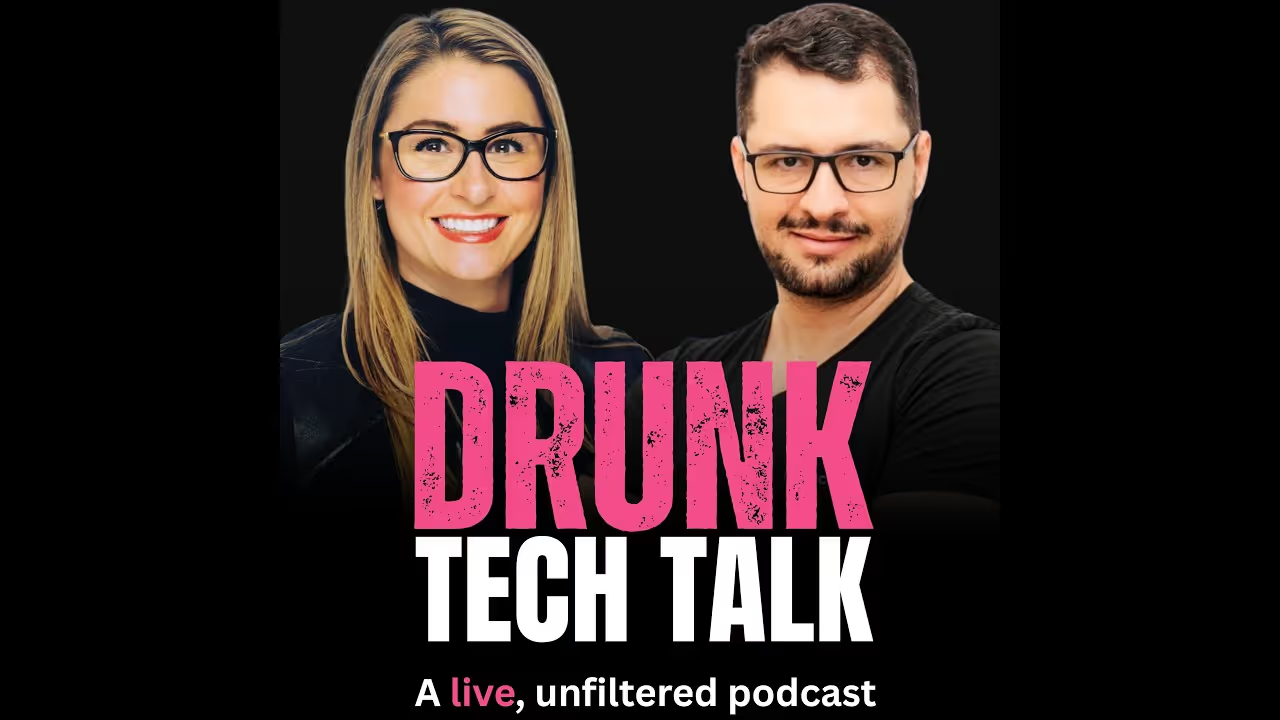
FAQs
How much does it cost to develop a healthcare app?
What are the compliance requirements for healthcare app development?
How long does it take to build a healthcare application?
What features should a healthcare mobile app include?
How do you ensure patient data security in healthcare apps?
Which is better: native or cross-platform development for healthcare apps?





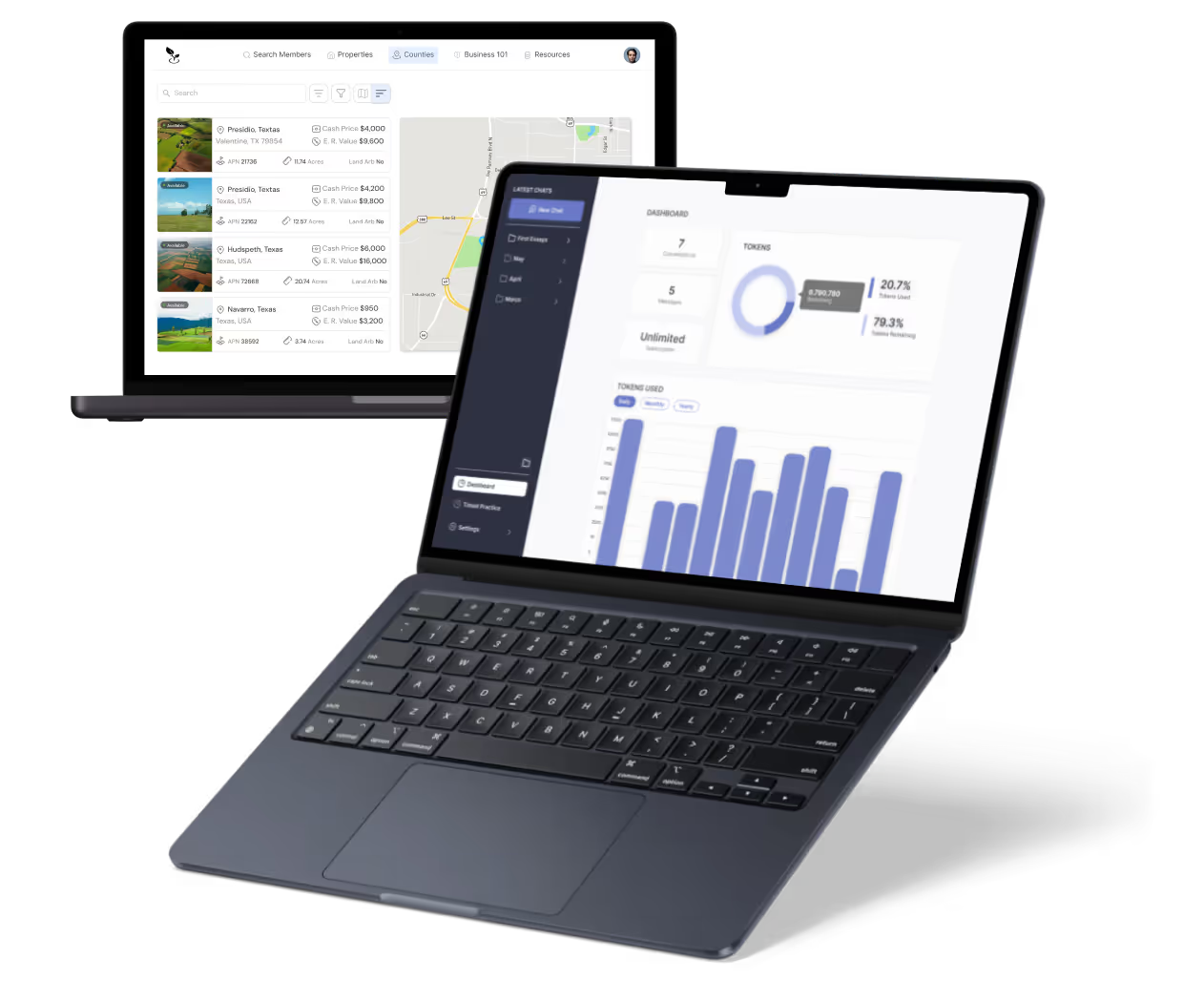
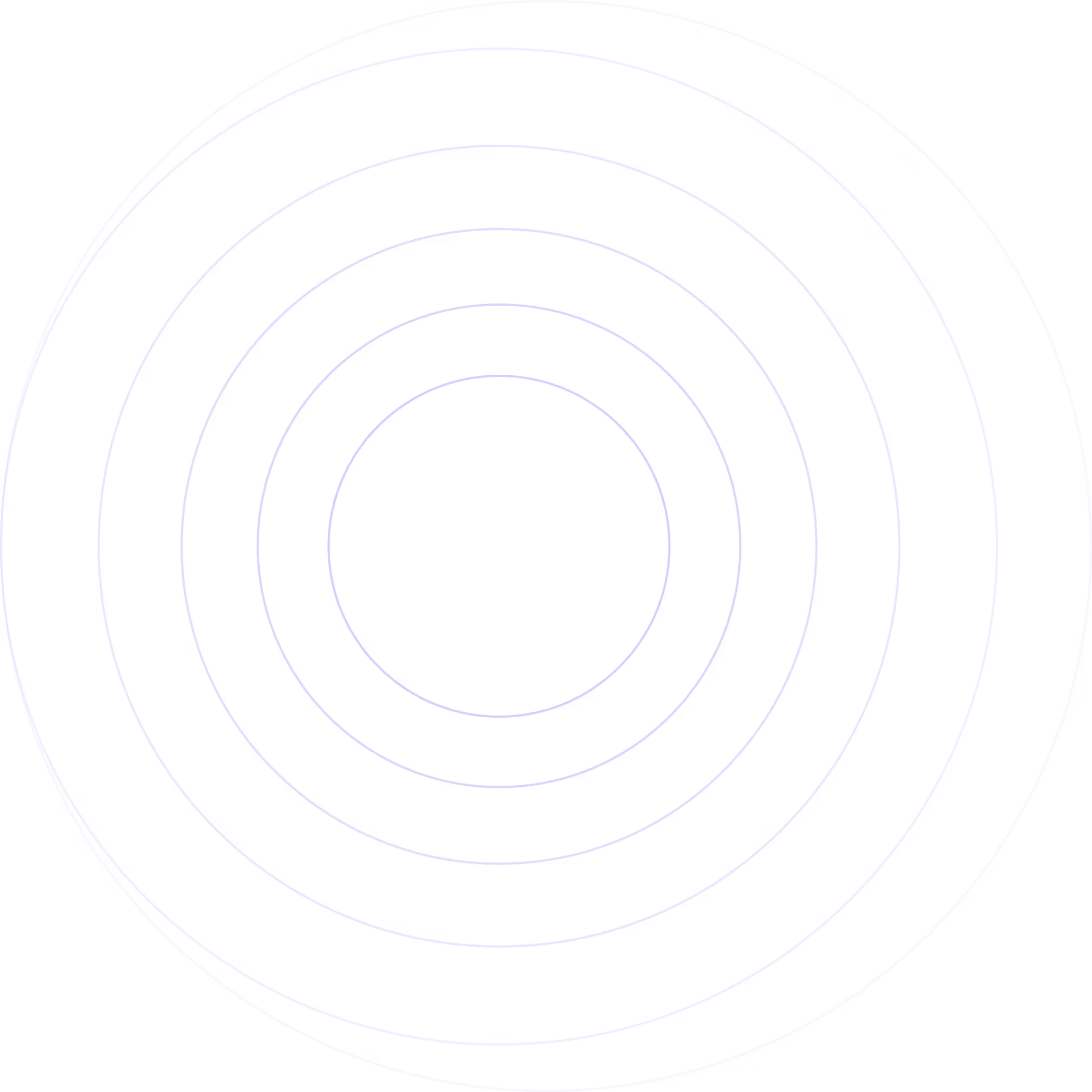
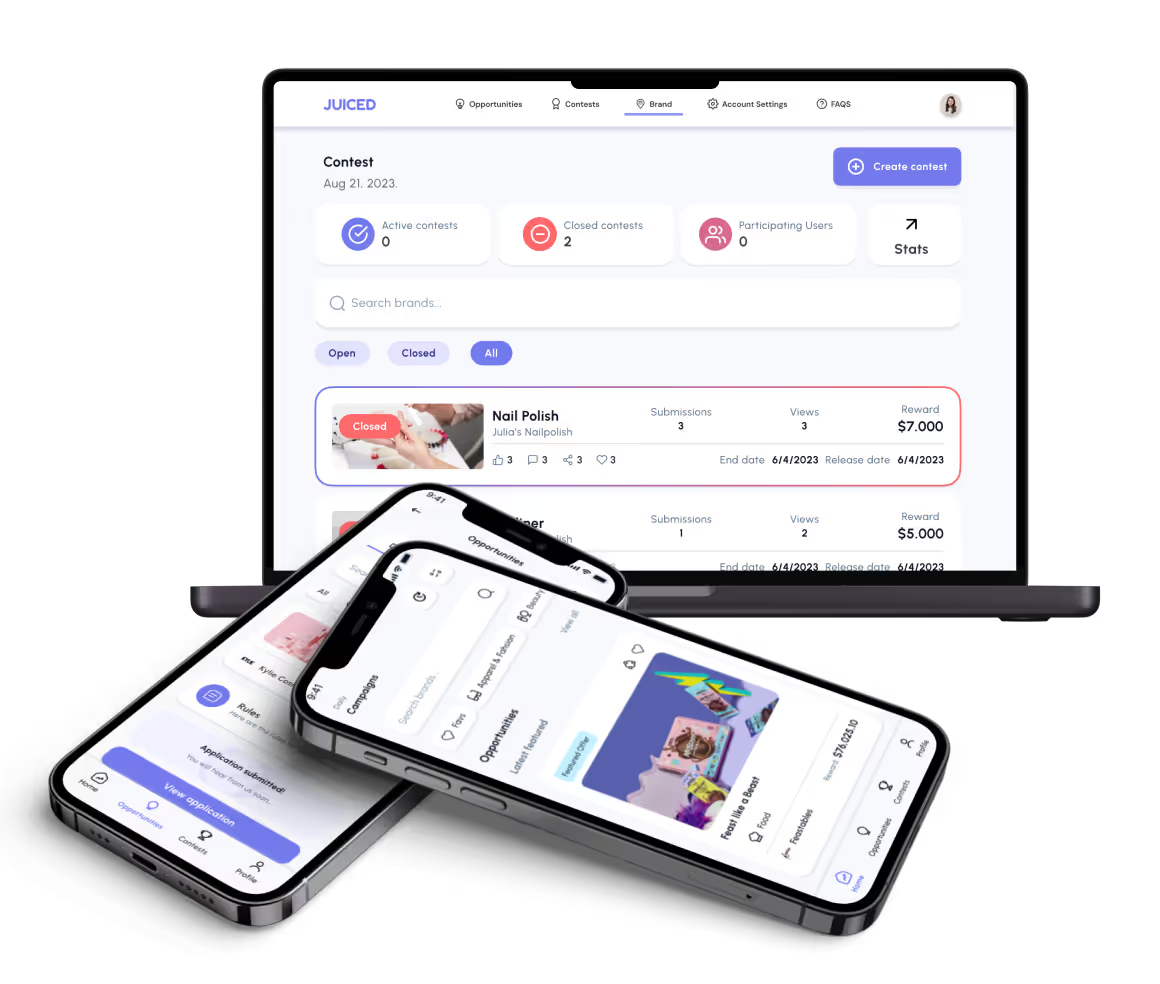
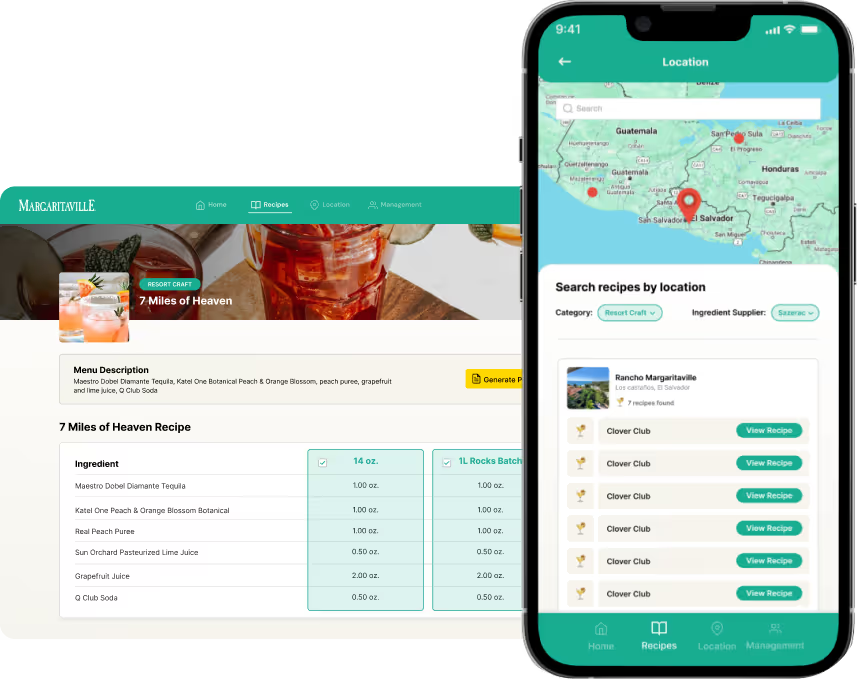
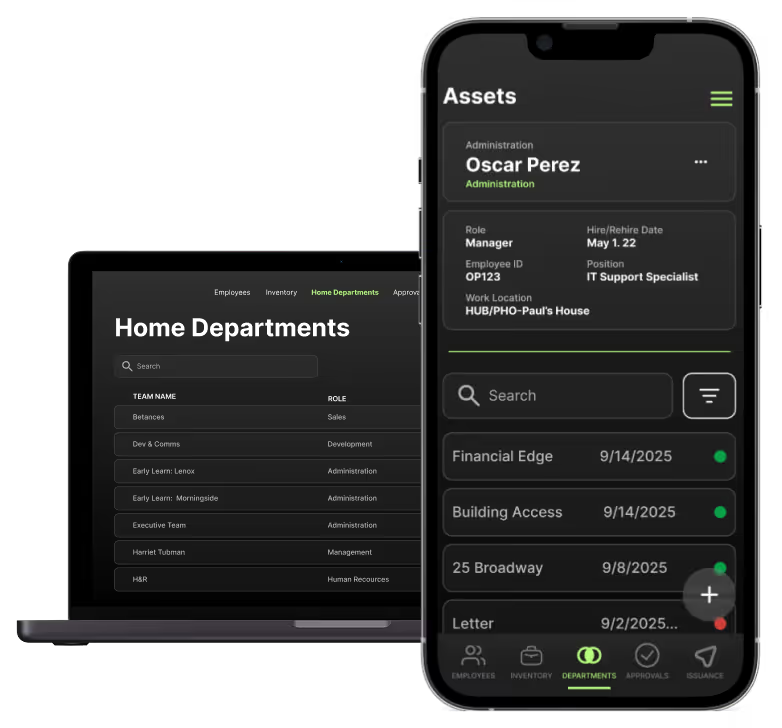
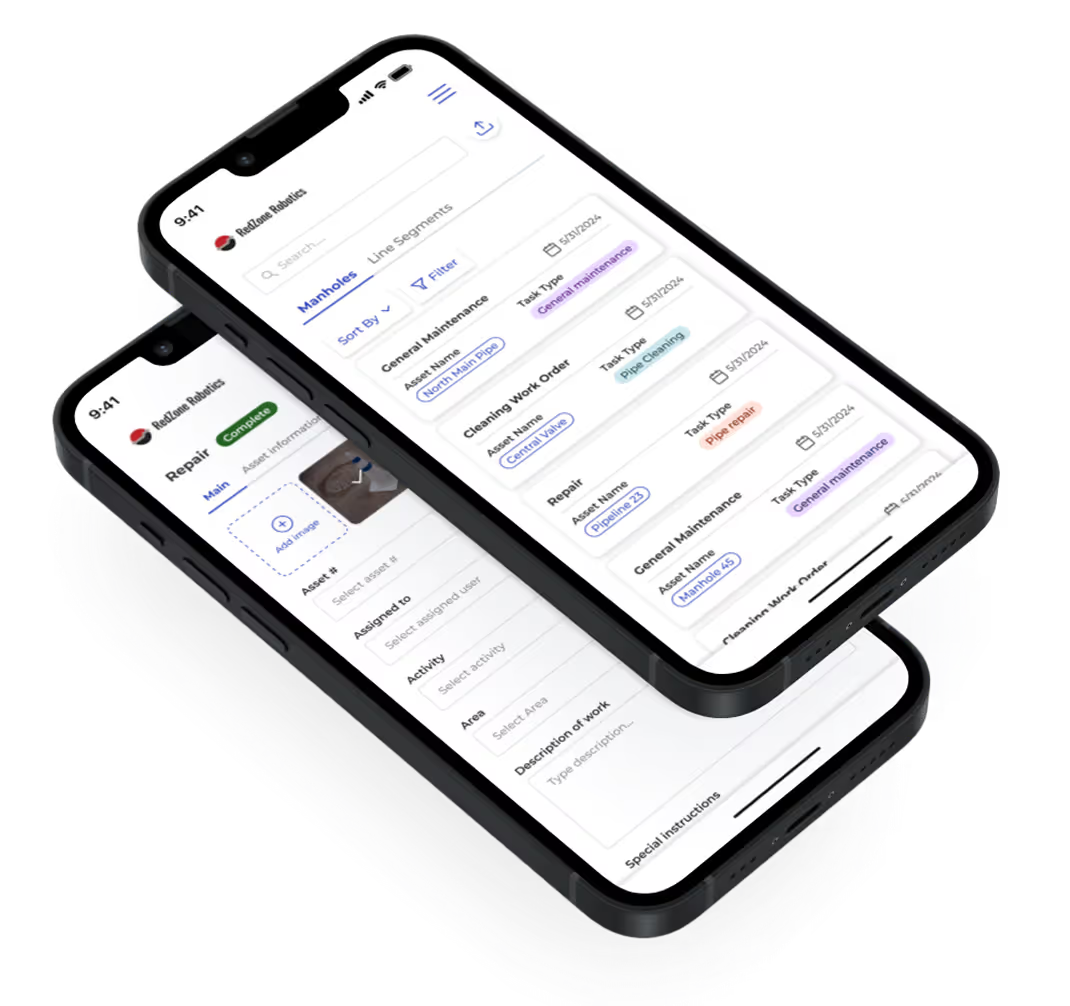
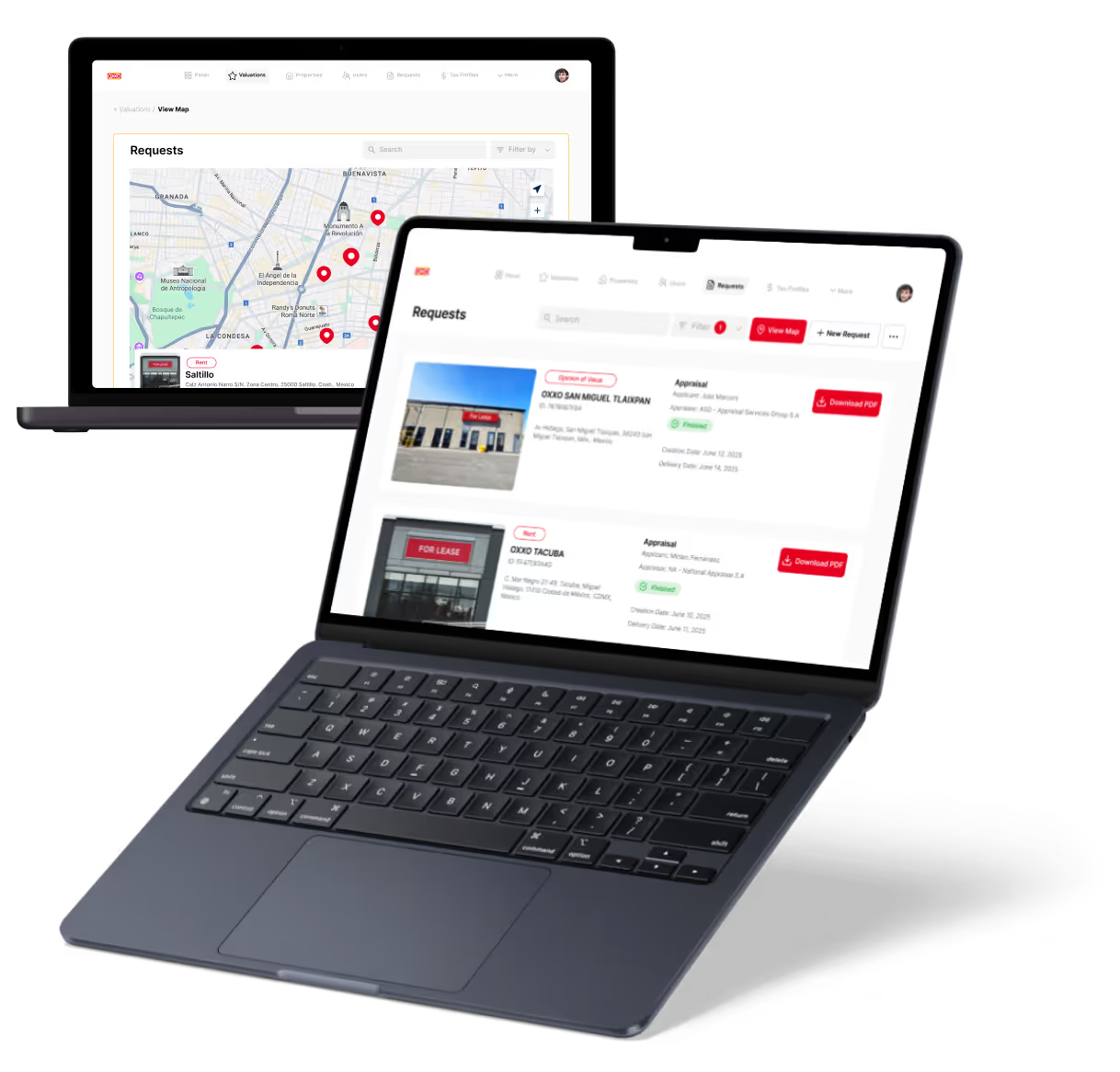
%20(Custom).avif)



